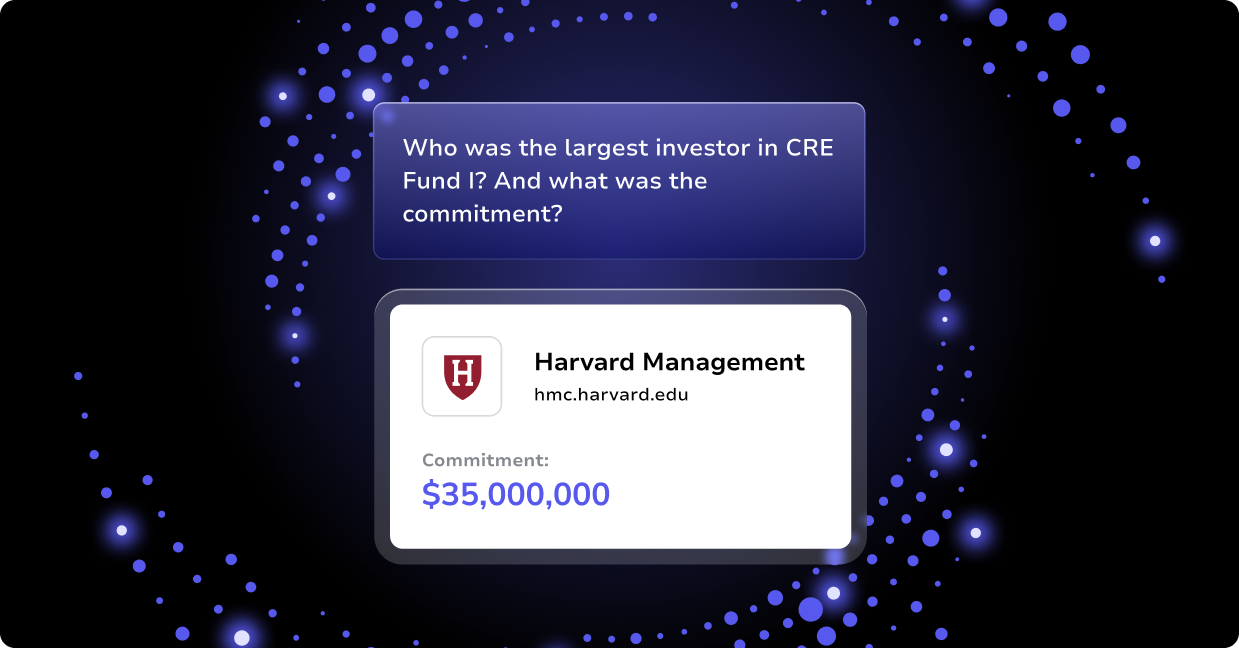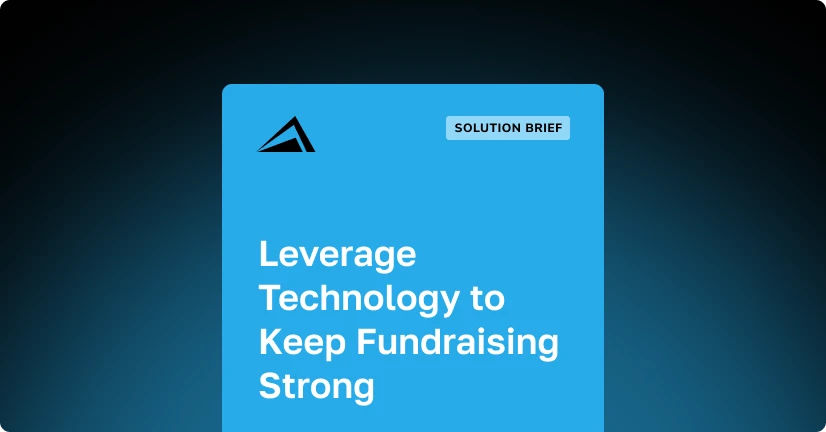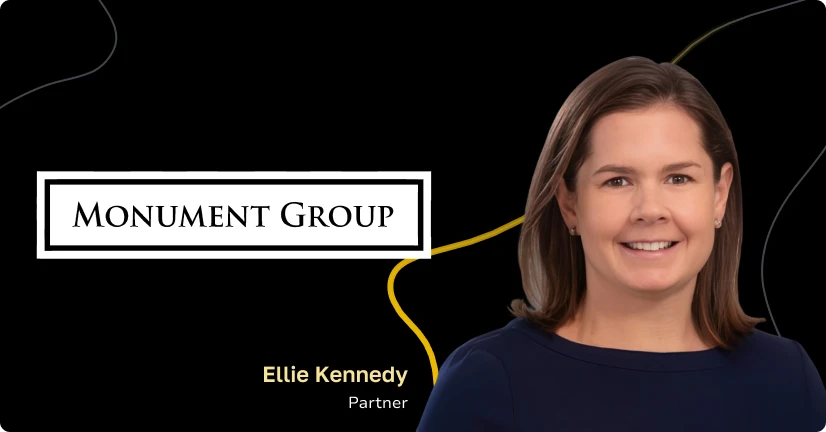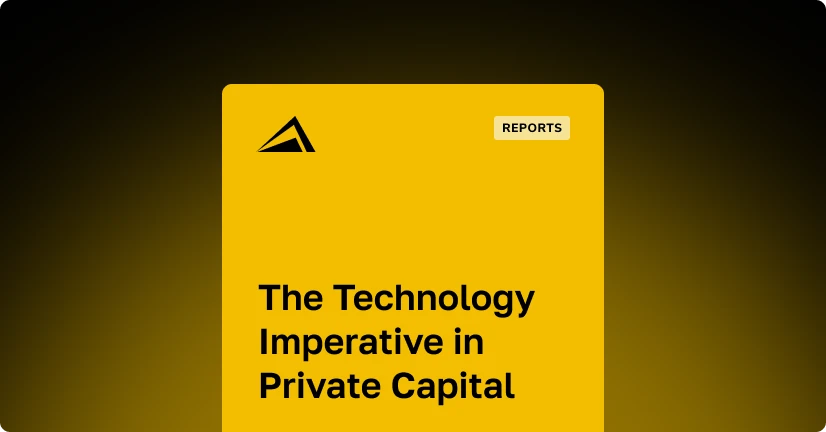
It seems that artificial intelligence (AI) is constantly in the news for one breakthrough or another—not to mention predictions from industry observers on what those breakthroughs mean to a particular industry and how they’ll be used. But how are investors and tech giants like FAMGA (Facebook, Apple, Microsoft, Google, and Amazon) companies and others viewing AI and the innovators responsible for advancing its capabilities?
PitchBook’s report titled Tech Giants Pursue Inorganic Growth with AI provides insights. At a high level, the author notes that M&A activity in AI reflects the immaturity of the technology itself. In other words, we’re definitely not seeing its full potential. But despite deal counts and deal values in recent years that have been flat for VC-backed companies, there are suggestions in recent activity that leading users of AI may be ready to start investing more heavily in the technology.
An Industry Gaining Momentum: Highlights of PitchBook’s AI Observations
From Altvia’s perspective, some of the most interesting and important observations from PitchBook’s report include:
- Tech giants have previously focused on investing in internal R&D initiatives and smaller tuck-in acquisitions and acqui-hires to fill gaps where needed. PitchBook surmises that this approach has been used to appease shareholders and prevent high losses and antitrust scrutiny.
- Evidence of the incumbents putting significant resources into R&D includes the fact that they announce new products and research discoveries regularly.
- Reasons for ramping up artificial intelligence spending include that some tech giants have fallen behind in certain areas that they have neglected. Apple’s AI acquisitions to bring its Siri product back up to par with other voice recognition systems is one example. Intel’s acquisition of Habana Labs to energize its own stalled AI chip design initiatives is another.
- Deals of $1 billion or more have been limited to semiconductors and autonomous vehicles.
- Microsoft’s $16 billion 2021 acquisition of Nuance, a company specializing in conversational AI, might be a sign of things to come. Notable is the fact that Nuance’s technology has demonstrated commercial traction in the healthcare industry, so it is more than a tuck-in-focused deal.
- In another sign that AI-related acquisitions are heating up, human resources automation company Workday has acquired employee sentiment analytics platform Peakon for $700 million.
- FAMGA companies spent $133.5 billion on R&D in 2020; total VC investment in North America in 2020 was $29.3 billion.
- To assess the priorities of M&A leaders, PitchBook examined the acquisitions of 110 companies that stand out for their AI R&D. The results are summarized in an interesting bar graph for the years 2017 through 2021. [Link to the report again here?]
- Horizontal platforms such as core software, natural language technology (NLT), and AI automation platforms along with consumer AI are the leading targets for industry leaders.
- PitchBook analysts believe that “NLT is a faster-growing niche that carries greater commercial and strategic value to big tech companies in the medium term,” in part because both Microsoft and Alphabet have signaled that NLT is important to their future with new acquisitions and internal initiatives.
- Public cloud hosting companies are rolling out verticalized AI offerings for industries like financial services, industrial, IT, and healthcare applications. However, they have made a few acquisitions to enhance related capabilities. Instead, they’re acquiring horizontal platforms and developing their own applications.
- The possible ROI of AI acquisitions is still hard to gauge. This is putting downward pressure on valuations for AI startups and causing AI leaders to be hesitant about paying a premium for even the most promising startups, like Element AI.
- The filling of gaps in the AI architectures of FAMGA companies continues to represent a significant opportunity for startups.
We agree with PitchBook’s take that stakeholders can expect tech companies to make additional large acquisitions in categories that they have already clearly prioritized. And given the immaturity of the technology being acquired, it doesn’t appear that regulators will focus on antitrust issues.
Stay Ahead of the Curve With the Right Software
It seems the AI industry is “taxiing for takeoff.” Staying on top of industry developments and in touch with stakeholders requires purpose-built software. Contact us today to learn more about the Altvia platform—a solution that is as powerful as it is easy to implement.




